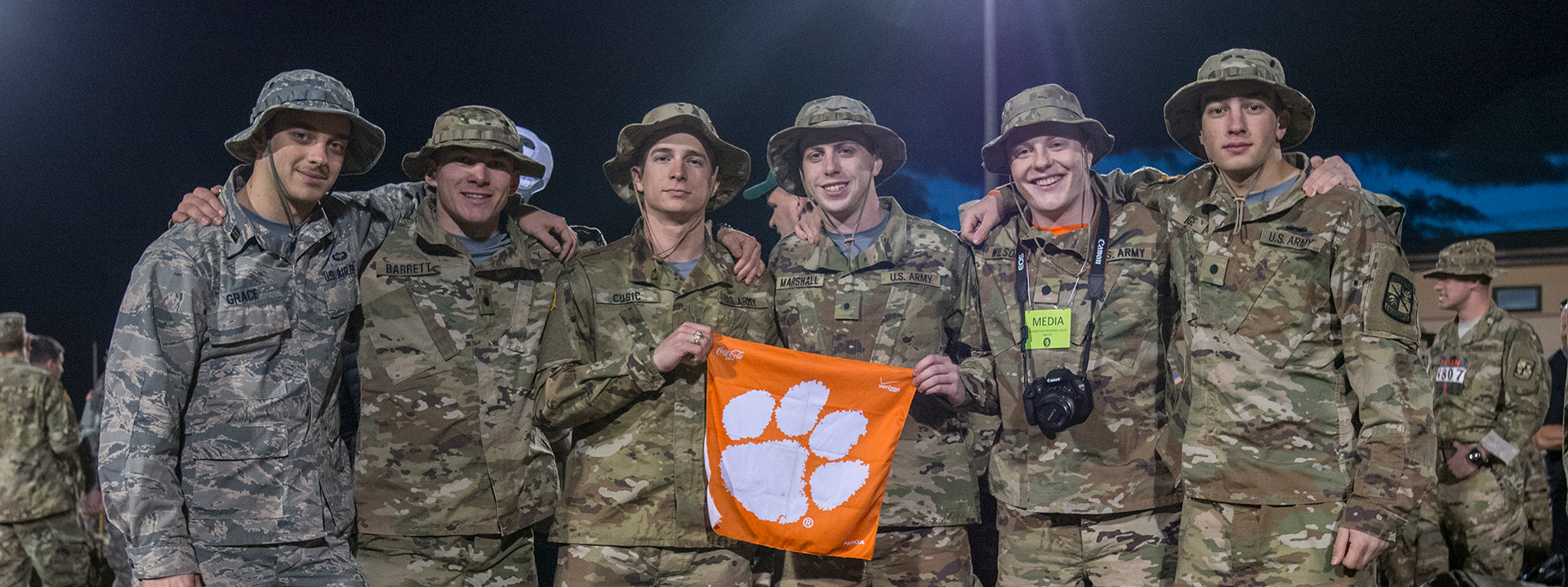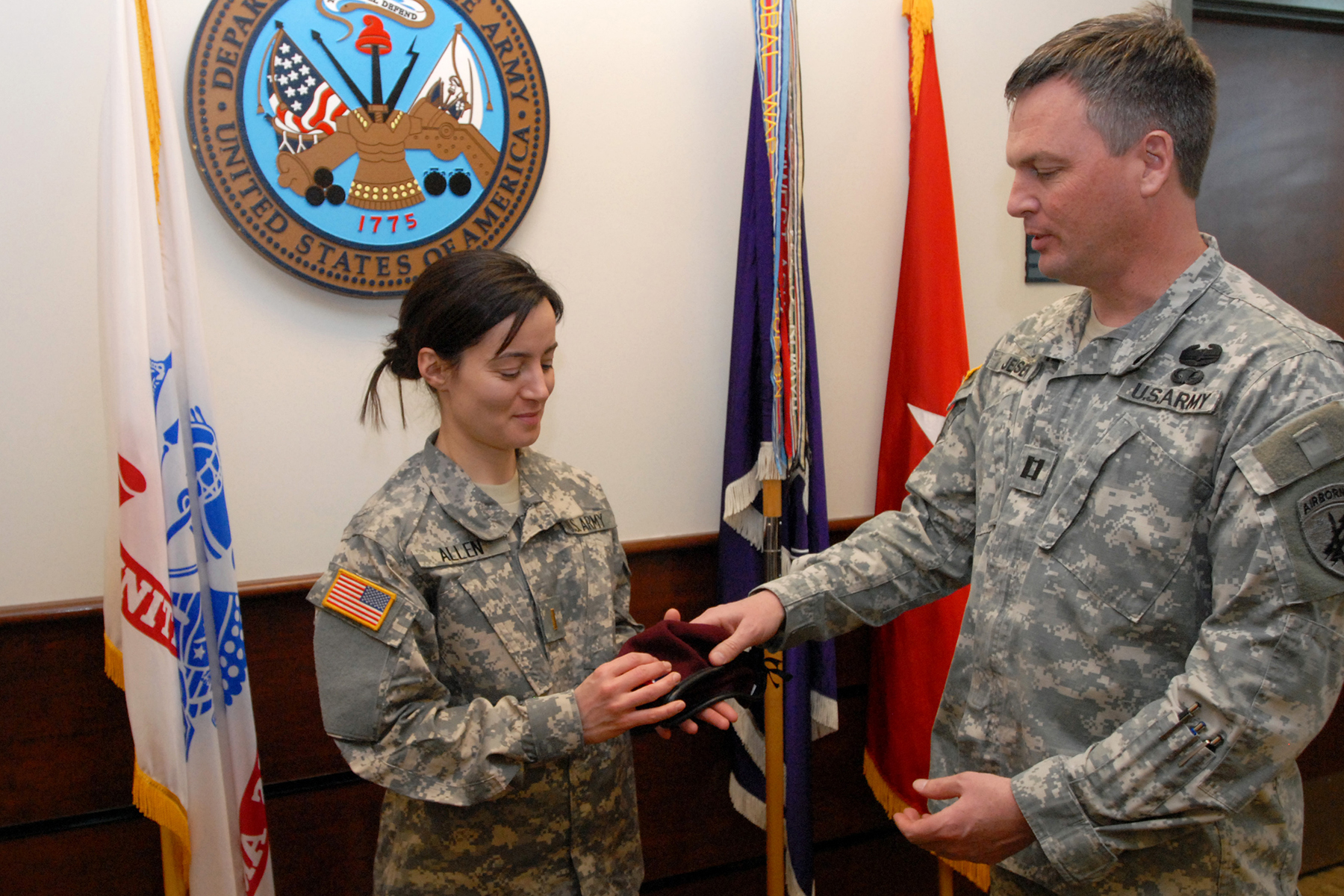Army Programs Board Questions - As most readers know, the Army has a new process for selecting officers for battalion command. The first iteration of the Army Battalion Commander's Assessment Program (BCAP) was held in January and I was one of the officers involved. My performance there will probably determine whether I continue to serve as a commander in the United States Army.
Each of us who participated in the BCAP provided more information to the Army to determine whether or not we were ready for battalion command. The stakes are high for the officers in question; Many of them consider being selected as a battalion commander a career-defining achievement as an army officer. With the institution of BCAP, the rules for achieving this goal seem to have suddenly changed, much to the chagrin of many who have invested in the current system. Many of my friends wonder if the efforts of the last 16-18 years still count.
Army Programs Board Questions

After participating in the program and reflecting on the experience since its completion, I have come to two conclusions. First, I believe that BCAP conducts a fair selection process for battalion commanders. Second, the Army must take steps to stay relevant.
Stony Child Development Center :: West Point :: Us Army Mwr
BCAP did something truly unique for an organization as large as the Army: it made the highest effort to use the same measurements for everyone. Maj. Gen. J.P. McGee, director of the Army Talent Management Task Force (ATMTF), which is responsible for creating the BCAP process, told us when he arrived at Fort Knox that BCAP personnel conduct each assessment in a professional and consistent manner. More than 760 candidates were divided into eighteen groups. At each BCAP event, great efforts were made to ensure minimal variance in measurements by the ATTMF to give me the Army a fair comparison between us.
For example, measuring our height and weight is one of the first assessments to make sure we meet the military's body composition standards. Assessments were conducted in the same room in the same building, with the same examiners, on the same scale, at the same time for everyone. The next morning, the Army Physical Fitness Test (APFT), was conducted indoors to ensure uniform conditions for each candidate. Push-ups and sit-ups were graded by the same graders using the same rigorous Army standard.
If we're honest with ourselves, something as simple as doing a standard push-up in a unit can be difficult for a variety of reasons. Most of the people who rate it are the ones who benefit from the unit's increased physical performance. Maybe a friend or superior took this test. How ready are we to say, "Sir/Madam, the last rep didn't count, your elbow isn't fully aligned"? This APFT administered style provided a basis for fair comparison between candidates. Honestly, I had one of the worst PT scores in a decade, but I was sure everyone else had the same experience. Twenty-one and three-quarter laps on an elevated track around an indoor gym was miserable for a two-mile run, but everyone ran the same track with the same HVAC system that produced the same dry cough.
The APFT was followed by a battery of psychometric tests and a written assessment to measure general cognitive abilities and screen for any potential psychological health issues in the candidate. I come from the Army Special Forces and have been through similar tests before. However, it felt important to see here. The Army should have the results of such testing for each potential battalion commander, as these leaders will affect their respective units. These data allow an apples-to-apples comparison of officers' raw cognitive ability, rather than relying on evaluative and senior evaluations without a formal reporting mechanism. The current Field Grade Officer Evaluation Report (OER) does not have a specific place for raters or senior evaluators to evaluate officers' intelligence; For now, such a price can only be determined from the senior appraiser's comments.
Answers To The Top Army Questions
For the past seventy years, Army command selection and promotion boards have relied largely on OERs, particularly comments from senior evaluators, to assess the quality and potential of service personnel. While this works well for the most part, this process has its drawbacks. The most important question is how much the quality of a senior evaluator's writing affects the officer's rank relative to his or her peers on a promotion or command selection board. Whether or not a senior rater writes well does not depend on the actual quality, performance or potential of the rating officer. In addition, senior evaluators can only comment on officers under their command, making it difficult to compare officers from different departments and officers evaluated by different commanders. BCAP collects universal data and provides an Army-wide view of applicants to better perform fair comparisons of officers from different professional backgrounds.
The recent BCAP event attracted more attention, perhaps due to its innovative use of the "blind" panel. At first I was intrigued by this format because it seemed to negate the application of the criteria I believe are important to battalion command - presence, professional appearance, and non-verbal communication. However, we are told that the blind interview serves two specific purposes: (1) to determine the officer's readiness for command; and (2) evaluate the officer's oral communication skills. With those limited goals in mind, a blind installation makes sense.
The first objective of the blind panel to assess each officer's readiness for the command was to determine passability; the interview did not require the officer to be rated with sufficient fidelity to move up or down the order of the overall rank of the rated officers. All that had to be determined was whether the candidate demonstrated characteristics that convinced the majority of board members that he was unfit to command the battalion. I didn't know the exact criteria, but I suspected that some indicators, such as toxic leadership qualities, might have met that threshold.

The second objective—assessing verbal skills—did not require the panel to see the officer. Panel members were to listen to that officer and rate how effectively he communicated using a rubric shared with the candidates prior to his arrival at Fort Knox.
Purple Star Schools
Overall, consistency was the quality that most clearly characterized the management of all events and BCAP. The information gathered from these events makes the selection process for battalion commanders fair because it allows officers with different professional backgrounds to be compared equally. All data were collected in the same manner for each officer under review.
To remain competitive in today's operating environment, the Army must continue to make honest and realistic assessments of its many programs and systems, and make bold changes when change is necessary. This is exactly what BCAP stands for. According to our brief, the Army is looking to transform itself from a force designed to dominate the Industrial Age to one more agile to win in the Information Age. BCAP is one of the first foundations laid in a broader modernization strategy to accomplish this mission.
Adapting our army to the information age is no small feat. Efforts to improve cyber and network capabilities are the types of initiatives that receive the most attention, and while these are important, so are things like talent management. The Army must incorporate Information Age capabilities such as data-driven decision making into its talent management process. We need updated methods and tools to collect data about ourselves and each other, and then to further review and analyze that data. This comparison may sound cliché, but this transformation is like Moneyball for the Army. Professional baseball teams have learned that some of the data acquisition decisions they lead, such as a player's height or the fluidity of his pitching, are not directly related to a team winning more. However, there was player data that was directly related to getting more wins: on-base percentage. A player who gets more on base than anyone else creates more scoring opportunities, which leads to more runs and more wins. For the Army, a little confidence here and the right data can help us create a competitive advantage.
Accepting that data-driven decisions play a role in our modern Army is a step in the right direction. Conducted under the direct authority of the Chief of Army Staff, BCAP is not only about selecting the right battalion commanders. It is a demonstration of confidence in the sampling methodology that creates the space for data analysis. The human element still plays a large role in determining where and when an officer will command a battalion. Evaluate past performance through the lens provided by
Chart Your Path: Junior Officer Leadership Program Helps Veterans Kick Start A New Career
Top army rotc programs, army programs, us army residency programs, army education programs, army education programs board questions, army questions, army programs for youth, army reserve programs, us army programs, army career programs, army residency programs, army degree programs
0 Comments